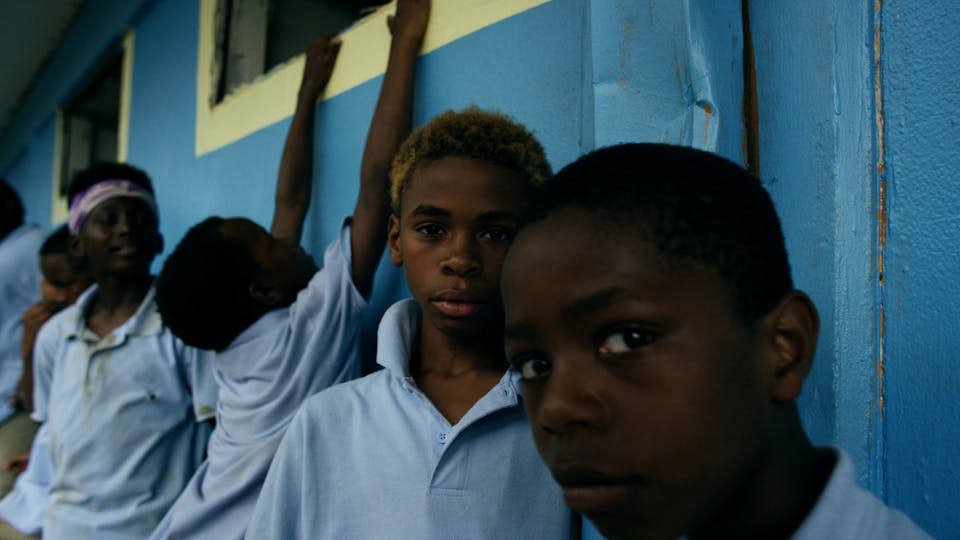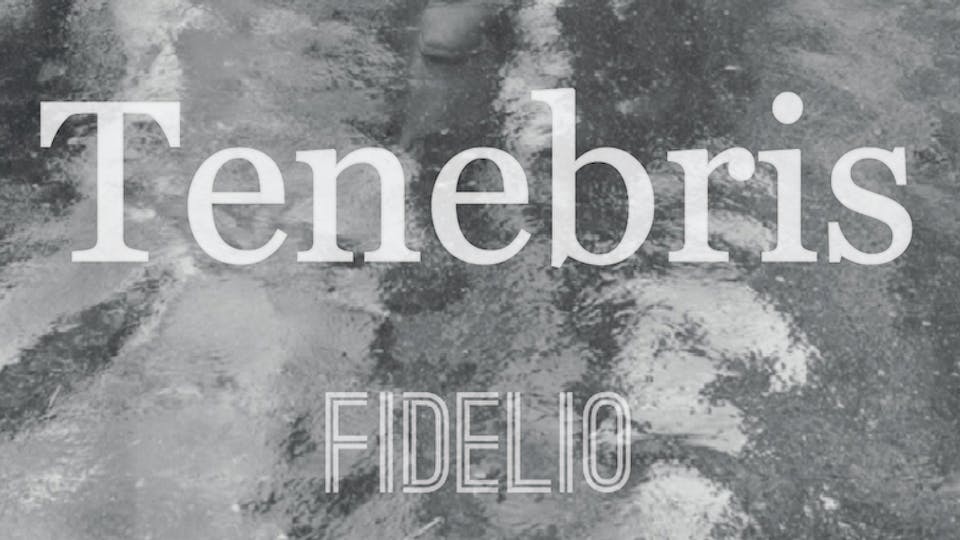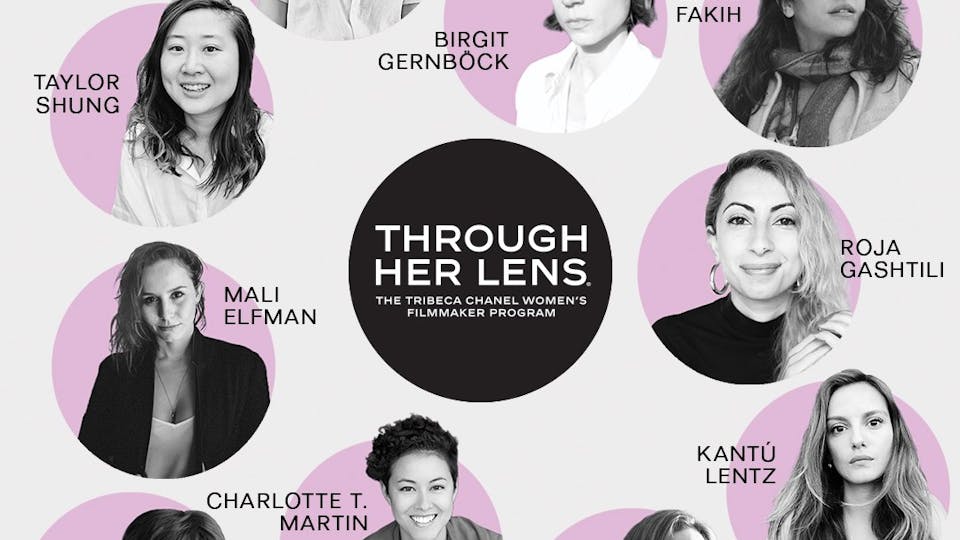How Do You End A Transmedia Project?

So you've done it. After year's of developing your transmedia project it's finally up and running. But is the end ever in sight?
In most avenues of the arts there is an end game. Whether it be a self-imposed deadline or (more likely) one given to you, at some point someone wants to see the finished product. However, the thing about transmedia (at least on the web side of it) is it can go on, and on, and on.
Is that a good thing?
We tracked down a few transmedia makers and asked them their thoughts on how to end their projects.
Elaine McMillion - Hollow (TFI New Media Fund) Hollow is an interactive documentary and community participatory project that examines the future of rural America through the eyes and voices of those living in McDowell County, W.Va.
We always said that Hollow doesn't really begin until we launch. That's when we actually get to see how effective the interactive form was in this case. We were prepared for this long timeline when it came to building community capacity and are rolling out new features and training more residents. However, we were not prepared for the cost involved with keeping the site up and running.
In my mind, the project doesn't have a conclusion. The reason we chose to develop Hollow as a new media project is because there is no end to this story. We want to encourage change and documentation among many small towns so in many ways I don't want this project to end. That doesn't mean that Hollow will always be the same as it is today. It could potentially be simplified or turned into another form or medium, such as a traveling exhibit or iPad app.
I think that when you are working with communities it's important to build capacity and lay groundwork early so that they can run with a project after launch. I will definitely think more about ending projects in terms of having "goals" to meet. but I will say that I think one of the powerful aspects of building online environments is they don't have to end. They can change for as long as they are maintained. Rather than thinking about how I want to "end" a future project I am more devoted to figuring out the best way to archive these projects. How can we ensure that Hollow is accessible in 10 years like a traditional, linear film will be? That's a big question that isn't as easy to answer.
I think this is a huge asset to projects that want to engage and empower individuals. There are alot of factors that go into the success of these user-generated and community-generated projects but the great thing is that it's no longer about a filmmaker "giving voice" to a group of people; they have always had a voice and now it's their turn to be heard.
Katerina Cizek - Highrise Highrise is an Emmy-winning, multi-year, many-media, collaborative documentary experiment at the National Film Board of Canada, that explores vertical living.
Highrise is a multi-year iterative project, a living documentary process, so its driven by the principle that we don't define projects or the whole project by its form and length, etc. before we've begun. The starting point was the relationships we would build and from there we would follow a documentary process... so letting people and the material guide us to what the story and what shape it can take. Not having us pre-determine those things. That said, we knew it would be a certain timeframe, and that a time would come that we would need to close the process. We are just beginning to approach that phase now.
Ideally, personally, I want to keep working the way I have been on Filmmaker-in-Residence and Highrise, where process comes before the product. It's the notion of a living documentary. But this is all experimental work that is only possible because its being done at the National FIlm Board of Canada. We've been mandated to explore ways of working that very few projects and people can. It is important, though to think of user experience, always. And the question of how will users enter and explore the work after we are complete is an important one, so that is what we are focussing on now in this last phase of the project.
The reality with digital projects is that you most often need someone there managing the project. You need to pay server costs, someone needs to fix bugs, update, moderate or respond to comments and user generated material. So its a bit of a myth that a project can just continue living without the humans behind it. We need to think of this as we construct our budgets and time frames, and then think about how a project might continue to be explored once the humans are gone.
[Photo: Screengrab from Highrise]






